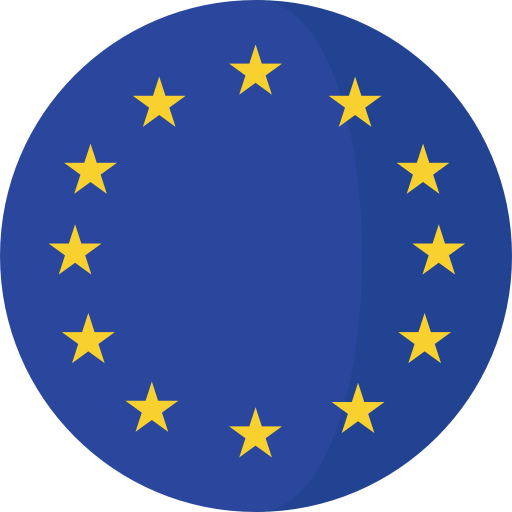Belgium is grappling with a sharp rise in drone activity after air traffic controller Skeyes revealed that more than 31,000 drone flights were detected in sensitive areas in 2024, including airports and military zones. Startlingly, nine out of ten were unauthorized.
The figures, reported by L’Echo, come as Europe debates stricter drone regulation following Denmark’s nationwide ban on civil drone flights earlier this week. The Danish move followed repeated airport shutdowns caused by drone sightings.
In Belgium, SkeyDrone – a subsidiary of Skeyes – oversees drone detection in restricted areas. Its 2024 report underscores the growing popularity of drones, with nearly 21,000 permit applications filed around airports and military areas, up 40% in just two years. Despite this, unauthorized use remains rampant.
On average, 30 drones a day were detected around Brussels Airport, highlighting the persistent risks to aviation safety. “There is no longer a distinction between recreational and professional drones,” said Skeyes spokesperson Kurt Verwilligen. “Legally, all drones are treated the same.”
Belgian law permits drones weighing under 25 kilograms to fly up to 120 meters high, provided they remain in the operator’s line of sight. However, operators must register drones equipped with cameras or weighing more than 250 grams with the Federal Public Service Mobility and Transport.
Failure to comply carries significant penalties. While Belgium is still finalizing a comprehensive framework for drone violations, current breaches can lead to fines as high as €8,000 and seizure of the drone. Many operators, Verwilligen warned, remain unaware of registration requirements, leaving authorities struggling to track misuse.
Drone operations fall into three categories: OPEN (low risk), SPECIFIC (higher risk, such as flights beyond visual line of sight), and CERTIFIED (highest risk, such as air taxis). Most recreational users fall within the OPEN category, but flying over crowds or near airports without permission is strictly forbidden.
Despite this, Belgium has not imposed outright no-fly zones. Instead, it uses “geozones” with special restrictions, such as those around airports, ports, nuclear plants, and even nature reserves. Operators can consult Drone Guide, an online platform, to check restrictions before flying.
The surge in drone sightings has reignited concerns over air safety, privacy, and national security. While drones bring innovation in fields such as logistics and photography, officials stress that unchecked use poses severe risks.
“Endangering the safety of other airspace users or people on the ground is prohibited,” Verwilligen said, adding that insurance coverage is mandatory. For now, Belgium’s challenge remains balancing drone innovation with the urgent need for stronger compliance and enforcement.
